Author:Baby & Adult Diaper Materials FROM:Diaper Materials Manufacturer TIME:2023-07-19
Sanitary napkin non-woven fabric plays a crucial role in the manufacturing of diapers. Its innovative application has revolutionized the diaper industry, providing improved comfort, absorption, and hygiene. This article will explore the various ways in which sanitary napkin non-woven fabric is being used in diaper manufacturing, highlighting its benefits and impact.
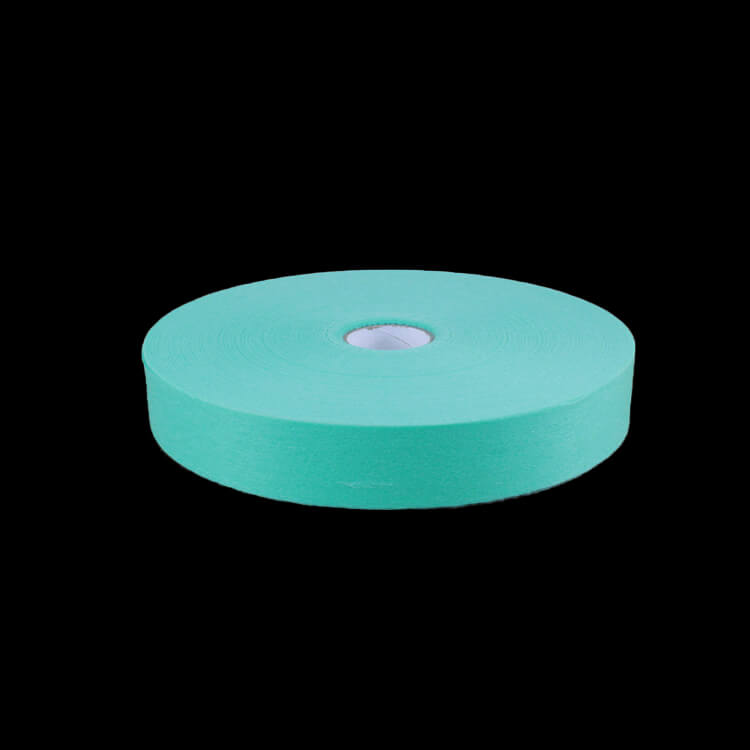
One of the key advantages of using sanitary napkin non-woven fabric in diaper manufacturing is the enhanced comfort it provides to the wearer. The fabric is soft, breathable, and gentle on the skin, reducing the risk of rashes and irritation. Unlike traditional woven fabrics, non-woven fabric eliminates the need for stitching, resulting in a smooth surface that minimizes friction. This ensures a comfortable experience for babies and adults alike, allowing them to move freely without discomfort.
In addition to comfort, sanitary napkin non-woven fabric also offers excellent absorbency. The fabric consists of a combination of fibers that are designed to quickly absorb liquid and lock it away, keeping the skin dry. This feature is particularly important in diapers, as it prevents wetness from causing skin problems such as diaper rash. Furthermore, the fabric has a high liquid retention capacity, reducing the need for frequent diaper changes and providing convenience for caregivers.
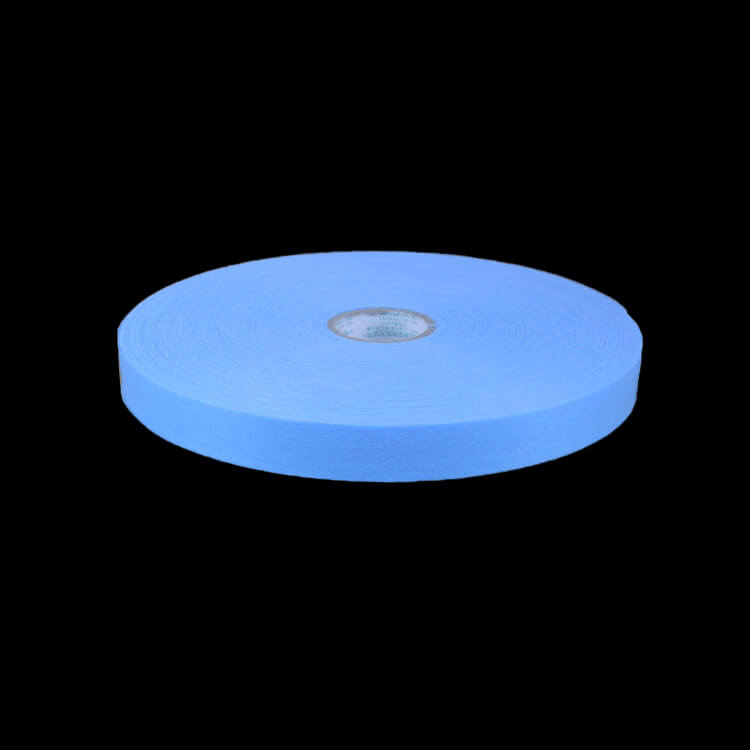
Another significant advantage of utilizing sanitary napkin non-woven fabric in diaper manufacturing is its contribution to improved hygiene and leakage prevention. The fabric has a unique structure that allows it to form a protective barrier, preventing the leakage of urine or feces. This is achieved through a combination of hydrophobic and hydrophilic properties, which repel liquid on one side while absorbing it on the other.
Furthermore, the non-woven fabric used in diapers is often treated with antibacterial and anti-odor agents. These additives help to inhibit the growth of bacteria and neutralize unpleasant odors, ensuring a clean and fresh environment. Additionally, the fabric's breathable nature allows for better air circulation, reducing the risk of bacterial growth and promoting overall hygiene.

In recent years, there has been a growing focus on environmental sustainability in various industries, including diaper manufacturing. Sanitary napkin non-woven fabric presents a more eco-friendly alternative compared to traditional woven fabrics. It is often made from recycled materials or biodegradable fibers, reducing the reliance on non-renewable resources and minimizing waste.
Moreover, the production process of non-woven fabric consumes less water and energy compared to the production of conventional fabrics. This significantly lowers the environmental impact during manufacturing. Additionally, the lightweight nature of the fabric reduces transportation costs and carbon emissions, contributing to a greener supply chain.
In conclusion, the innovative application of sanitary napkin non-woven fabric in diaper manufacturing has brought about numerous benefits. From enhanced comfort and skin-friendliness to improved hygiene and leakage prevention, this fabric has truly revolutionized the diaper industry. Furthermore, its environmental sustainability makes it an attractive option for eco-conscious consumers. As technology continues to advance, we can anticipate further advancements in this field, leading to even more efficient and eco-friendly diaper manufacturing processes.
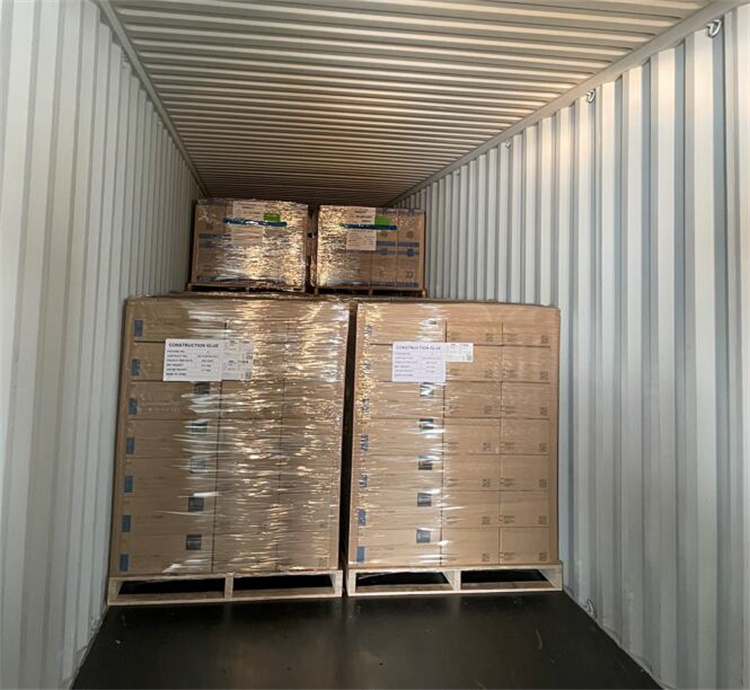
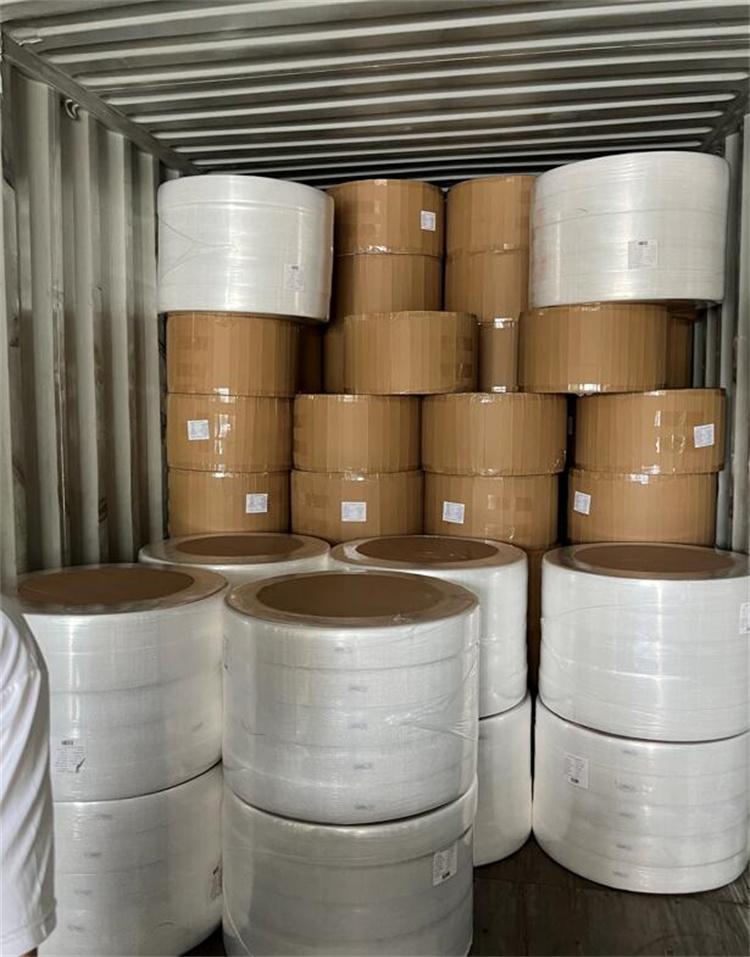
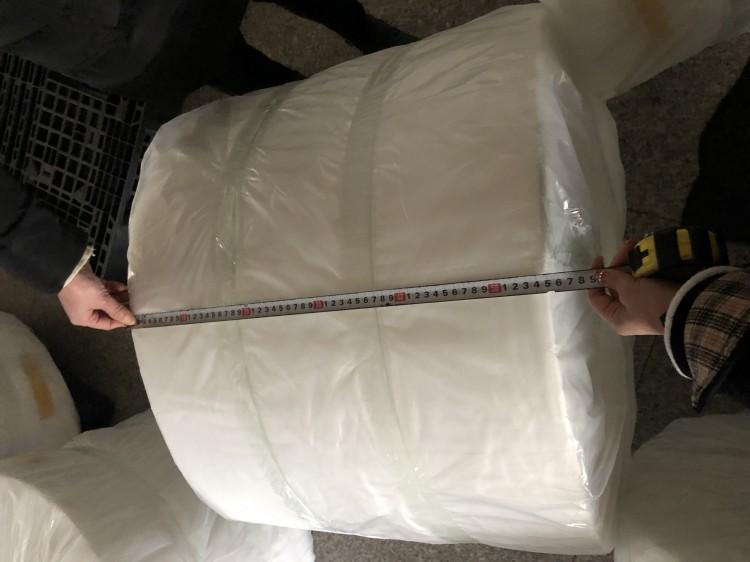
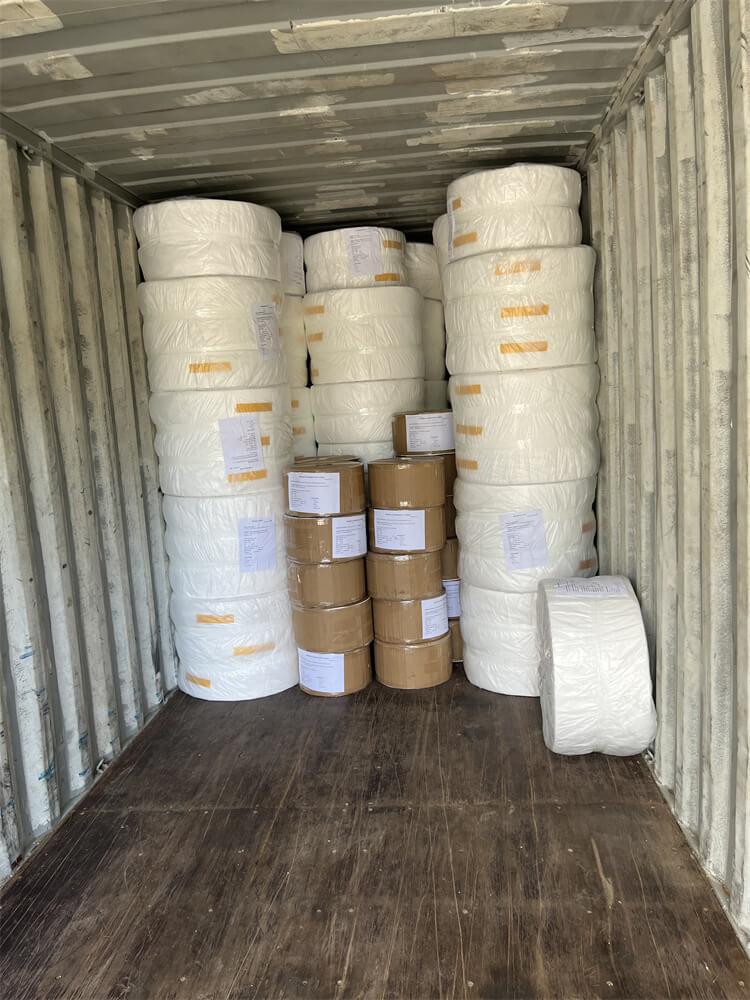

 Email: info@whldiapernonwoven.com
Email: info@whldiapernonwoven.com
 MP/WhatsApp: +86-13599937366
MP/WhatsApp: +86-13599937366
 Manufacturer Address:Room 1105B, Bld M1, Manhattan, Yulongwan, Shimao, Shuanglong Road, Meiling Street, Jinjiang, Fujian, China
Manufacturer Address:Room 1105B, Bld M1, Manhattan, Yulongwan, Shimao, Shuanglong Road, Meiling Street, Jinjiang, Fujian, China